The gymnosperms (gymnos: naked, sperm: seeds) are plants in which the seeds are not enclosed within fruit wall i.e they bear naked seeds . These are seeded plants without fruits.
The main characteristics
of gymnosperms are
- They include medium-sized trees or tall trees and shrubs. The Sequoia (red wood tree) is one of the tallest tree species smallest gymnosperm is Zamia.
- Unlike bryophytes and pteridophytes, in gymnosperms the male and female gametophytes do not have an independent free-living existence.
- The plants represent the diploid sporophytic phase inthe life cycle.
- Plant body is differentiated into roots, stem and leaves.
- The roots are generally tap roots. Roots in some genera (Pinus) have fungal association in the form of Mycorriza. While in some others (Cycas) small specialised roots called coralloid roots are associated with nitrogen-fixing cyanobacteria. Coralloid roots are irregular and do not possess root hairs and root caps.
- The stems are unbranched (Cycas) or (Pinus, Cedrus).
- The leaves may be simple or compound. In Cycas the pinnate leaves persist for a few years.
- The leaves in gymnosperms are well-adapted to withstand extremes of temperature, humidity and wind. In conifers, the needle-like leaves reduce the surface area. Their thick cuticle and sunken stomata also help to reduce water loss. Leaves of Ginkgo biloba are fan-shaped.
- They have well-developed vascular tissues-xylem and phloem.
- Gymnosperms are heterosporous. The two kinds of spores are produced within sporangia that are borne on sporophylls which are arranged spirally along an axis to form lax or compact strobili or cones.
- Sporophylls are of two types: microsporophylls and megasporophylls.
- Microsporophylls are compactly arranged on a central axis to form a male strobili or microsporangiate/ pollen cone. They bear microsporangia where micrsporemother cells undergo meiosis to formmicrospores. The microspores develop into a male gametophytic generation which is highly reduced (haploid) and is confined to only a limited number of cells. This reduced gametophyte is called a pollen grain.
- Megasporophylls are compactly arranged to form female strobili or macrosporangiate/seed cone. They bear the integumented megasporangia (ovules). The ovules or the integumented megasporangium mainly consists of body called nucellus protected by envelope or integument.
- The male or female reproductive bodies may be born on the same tree (Pinus) or on different trees (Cycas).
- One of the cells of the nucellus differentiates as megaspore mother cell which undergoes meiosis to form a tetrad of megaspores of which three degenerate.
- The functional megaspore enclosed within the megasporangium (nucellus) undergoes repeated mitosis and develops into a multicellular female gametophyte that bears two or more archegonia (female sex organ). The multicellur female gametophyte is also retained within megasporangium.
- During pollination the pollen grains are carried in air currents and reach the opening of the ovules (micropylar end) borne on megasporophylls.
- Each pollen grain germinaties and the resulting pollen tube discharge the male gametes near the mouth of the archegonia.
- Fertilisation results in the formation of zygote, which develops into an embryo.
- Ovules become transformed into seeds. These seed are not covered.
- The three generations in seed are:-
(i) Testa, tegmen and perisperm represent parental sporophyte.
(ii) Endodperm represnts female gametophyte.
(iii) Plumule, radicle, suspensor and cotyledones (embryo) represent future sporophyte - Polyembryony:- It is the formation of more than one embryo inside a single seed. It was reported by leeuwenhoek in oranges. Simple polyembryony is due to fertilisation of many eggs. e.g. Pinus ovulehas 2-8 archegonia. Cleavage polyembryony is true polyembryony and very common. It is due to splitting of embryo tissue. Adventive polyembryony is the formation of extra embryos directly from diploid cells (e.g rosettle cells) other than embryonal cells.
Note:-
– Order Gnetales consists of Gnetum, Ephedra and Welwitschia. These are nearer to flowering plants in having flower like arrangment of sporophyll and possessing primitive vessels in xylem so wood is called heteroxylous. plants of Cycadales and Coniferales are commonly called Cycads and Conifers respectively.
– Cycas, Ginkgo and Metasequoia are living fossils.
– Ginkgo biloba (Pagoda tree or Maiden hair tree) is oldest living fossil and it is connecting link between cycades and conifers.
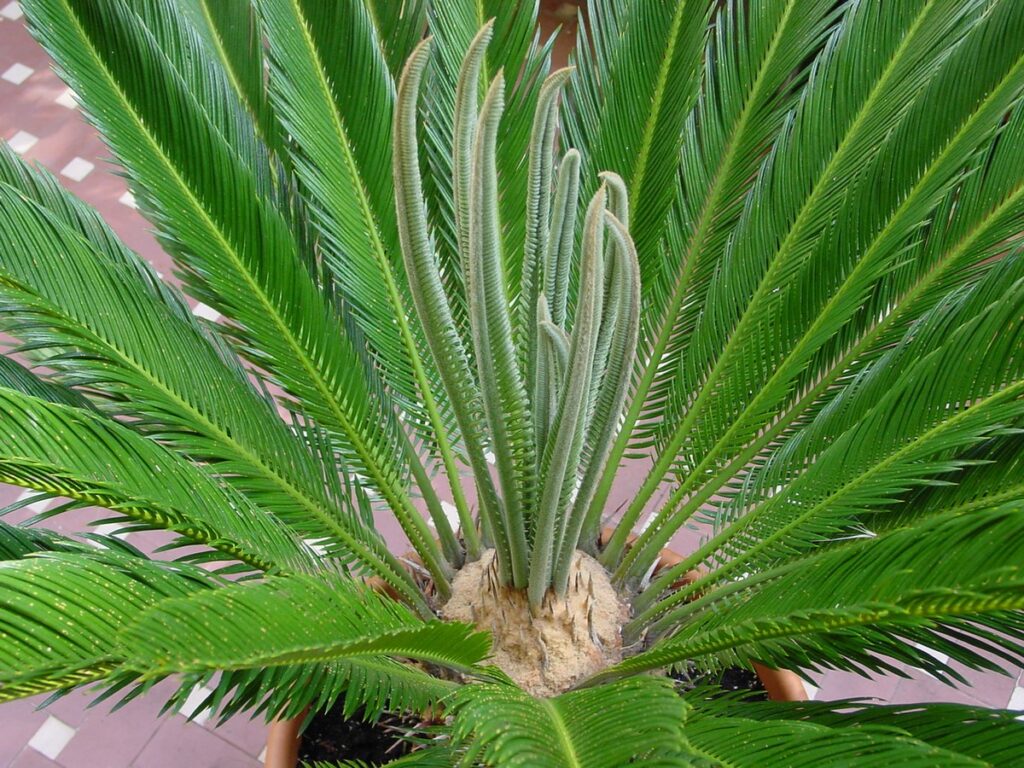
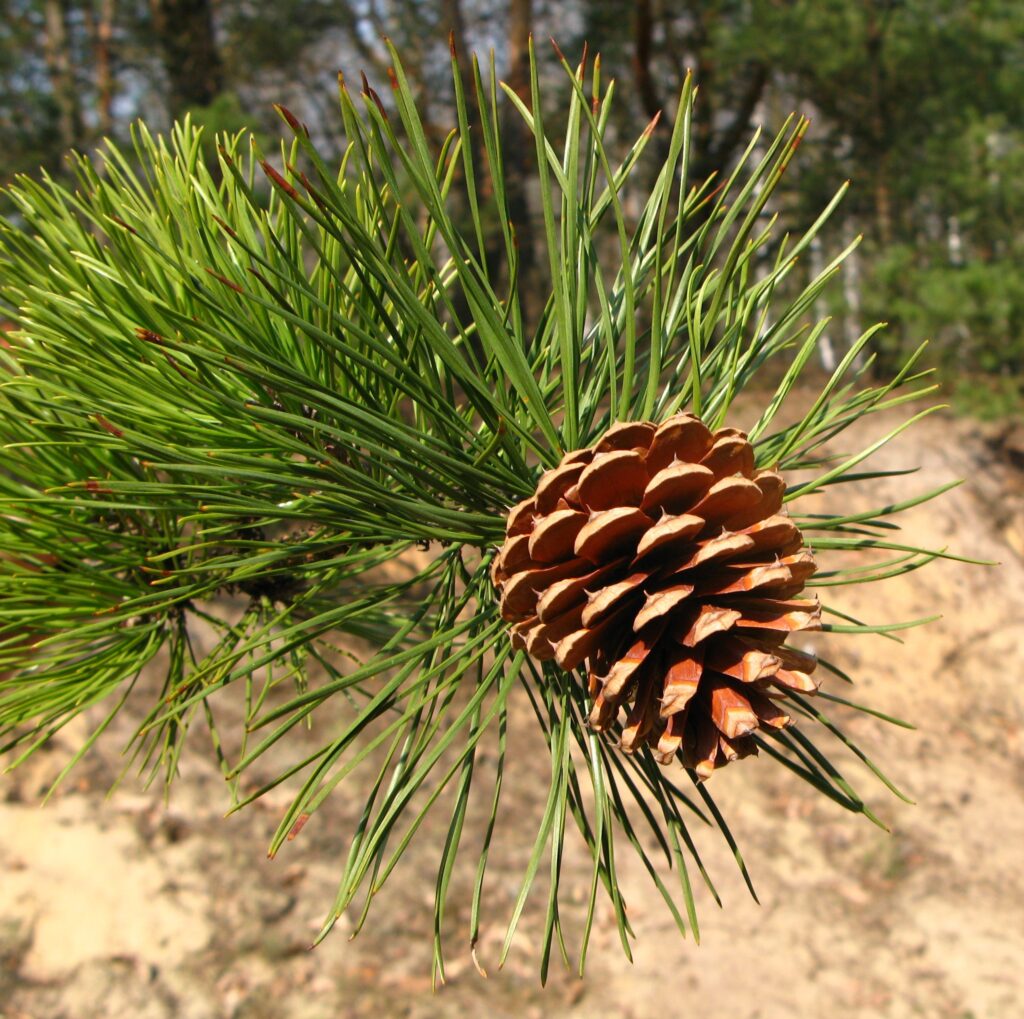
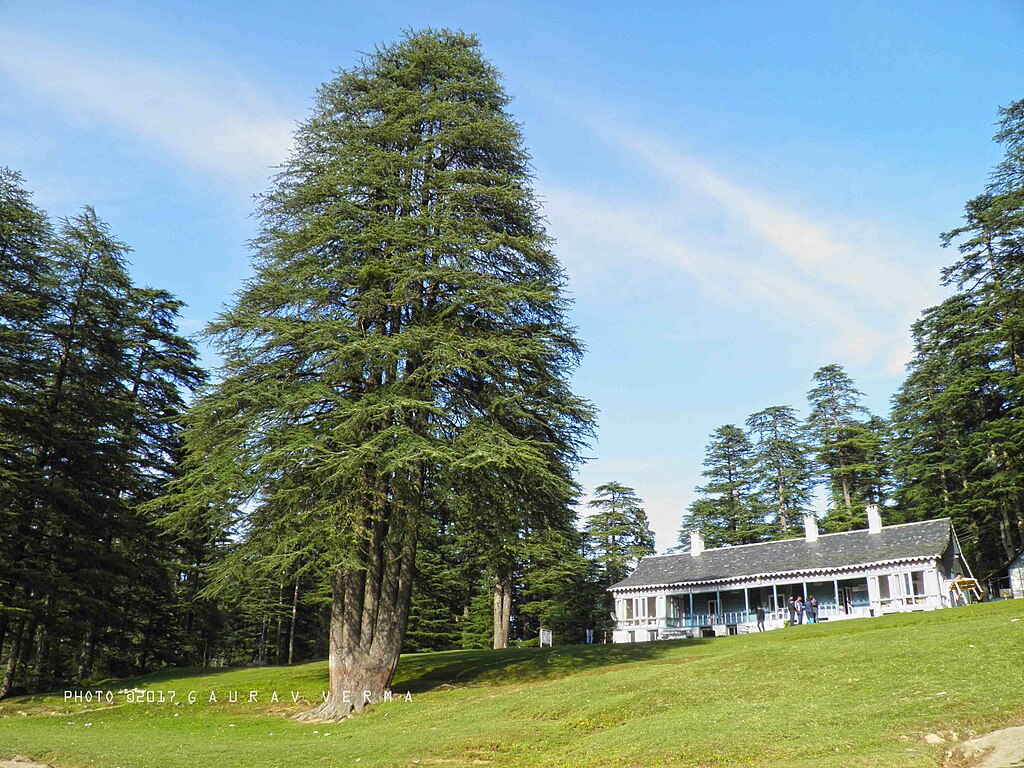
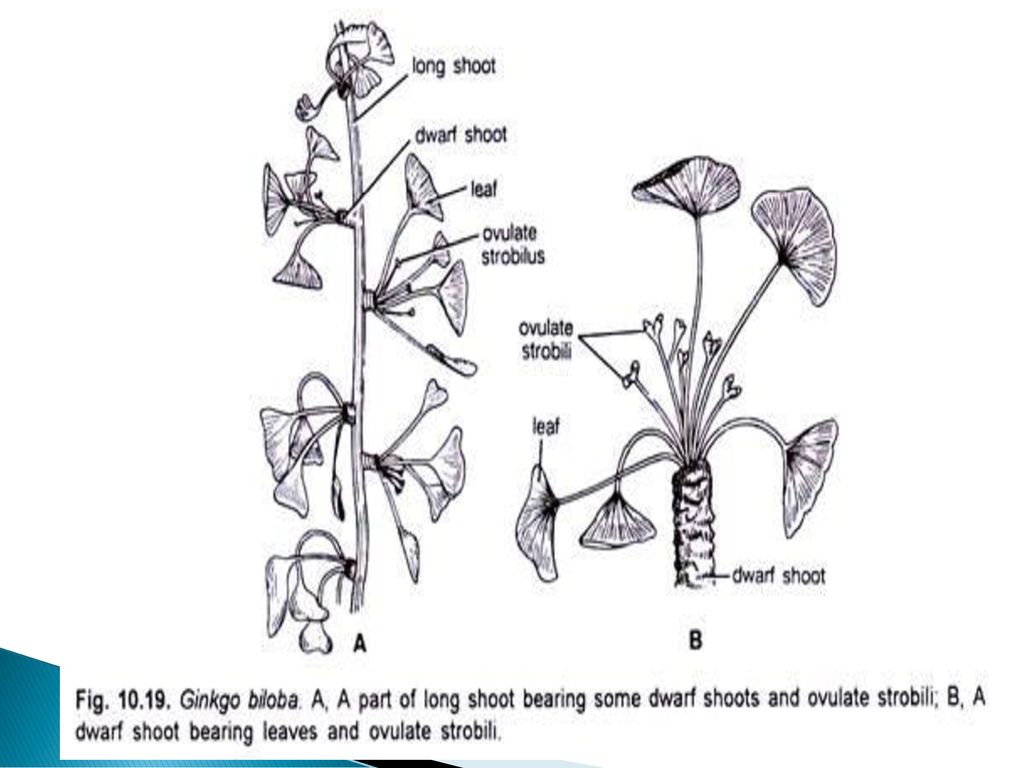
ECONOMIC IMPORTANCE OF GYMNOSPERMS
(i) Edible seeds:- Seeds of Pinus gerardiana called chilgoza are edible. They are eaten after roasting.
(II) Timber:- Gymnosperms possess softwood. It is used in preparation of light furniture, plywood, packing cases, match-sticks, railway sleepers etc.
(iii) Paper:- Anumber of gymnosperm woods are used in the manufacture of paper.
(iv) Fibre boards:- Needle of Pinus and other conifers are used in making fibre boards that are used in making packing cases.
(v) Ephedrine:- Drug ephedrine is obtained from Ephedra, a gymnosperm. The drug is used in curing respiratory ailments, including asthma.
(vi) Taxol:- An anticancerous drug, called Taxol, is obtained from the bark of Taxus.
Note:-
Sulphur Shower:- Sulphur shower is a phenomenon related to reproduction/pollination in pine trees. Since Pinus bears cones, They are called conifers. Pines have leaves in the form of needles. The cones are of two types- seed cones (female) and pollen cones (male) on the same plant. As the pollen cones mature, they discharge large quantities of pollen grains into the air and it appear as a yellow cloud of yellow pollen grains. This is called sulphur shower and occurs during spring.
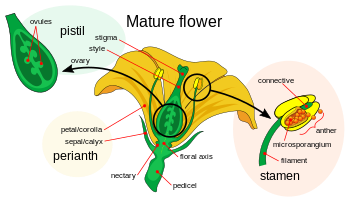
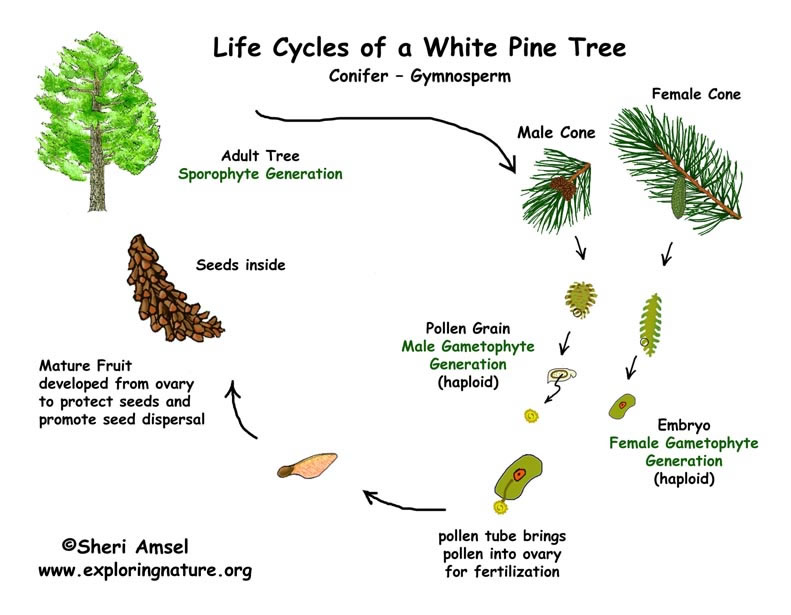
FUNFACTS:-
Ancient Lineage: Gymnosperms are one of the oldest groups of seed-producing plants, with a lineage dating back over 300 million years. They were dominant during the Mesozoic era and played a crucial role in the evolution of terrestrial ecosystems.
Naked Seeds: The name “gymnosperm” comes from the Greek words “gymnos,” meaning naked, and “sperma,” meaning seed. Unlike angiosperms (flowering plants), gymnosperms produce seeds that are not enclosed within a fruit. Instead, seeds are typically borne on the surface of specialized structures like cones or scales.
Conifer Diversity: Conifers are the most well-known group of gymnosperms and include familiar tree species such as pines, spruces, firs, cedars, and redwoods. They are renowned for their evergreen foliage, distinctive cone structures, and adaptability to various climates and environments.
Giant Sequoias: Giant sequoias (Sequoiadendron giganteum) are among the largest and oldest trees on Earth. They can reach heights of over 300 feet (91 meters) and live for thousands of years. The General Sherman tree, located in California’s Sequoia National Park, is the largest known living tree by volume.
Ginkgo Biloba: Ginkgo (Ginkgo biloba) is a unique and ancient gymnosperm species native to China. It is often referred to as a “living fossil” because it is the only surviving member of the Ginkgoaceae family, which dates back over 270 million years. Ginkgo trees are prized for their distinctive fan-shaped leaves and are commonly planted as ornamental trees in urban areas.
Cycad Diversity: Cycads are another group of gymnosperms known for their palm-like appearance and tropical or subtropical distribution. They have stout trunks, large compound leaves, and produce large cones. Some species of cycads are critically endangered due to habitat loss and overexploitation.
Ancient Pollination: Gymnosperms were among the first plants to evolve reproductive structures adapted for pollination by insects, particularly beetles. Some modern gymnosperms still rely on wind pollination, while others have developed mutualistic relationships with specific insect pollinators.
Economic Importance: Gymnosperms have significant economic importance worldwide. They are harvested for timber, pulpwood, and various non-timber forest products such as resins, essential oils, and medicinal compounds. Conifers, in particular, are extensively used in construction, furniture-making, and paper production.
Environmental Benefits: Gymnosperms play important ecological roles as habitat providers, carbon sinks, and soil stabilizers. They contribute to biodiversity by supporting diverse plant and animal communities and help mitigate climate change by sequestering carbon dioxide from the atmosphere.
Survival Strategies: Gymnosperms have evolved various survival strategies to thrive in diverse environments, including adaptations to cold temperatures, drought tolerance, and resistance to pests and diseases. Some species, such as the bristlecone pine (Pinus longaeva), can survive in harsh alpine environments for thousands of years.
- Gymnosperms are a group of seed-producing plants characterized by the presence of naked seeds that are not enclosed within a fruit. They are one of the major groups of vascular plants and include conifers, cycads, ginkgoes, and gnetophytes.
- Gymnosperms reproduce via seeds, which are typically produced in cones or similar structures. Male cones produce pollen containing male gametes, while female cones contain ovules that develop into seeds when fertilized by pollen. Gymnosperms often rely on wind for pollination.
- Like many other plant species, gymnosperms are vulnerable to habitat loss, deforestation, climate change, and other environmental disturbances. Some species, particularly those with restricted ranges or specialized habitats, are considered threatened or endangered.
- Gymnosperms represent an important evolutionary step in the colonization of terrestrial environments by seed plants. They played a crucial role in shaping Earth’s ecosystems and provided the foundation for the evolution of flowering plants (angiosperms) later in geological history.
- Gymnosperms do not produce flowers like angiosperms (flowering plants). Instead, they produce reproductive structures called cones or strobili, which contain the male and female reproductive organs. Pollination in gymnosperms often occurs via wind dispersal of pollen.